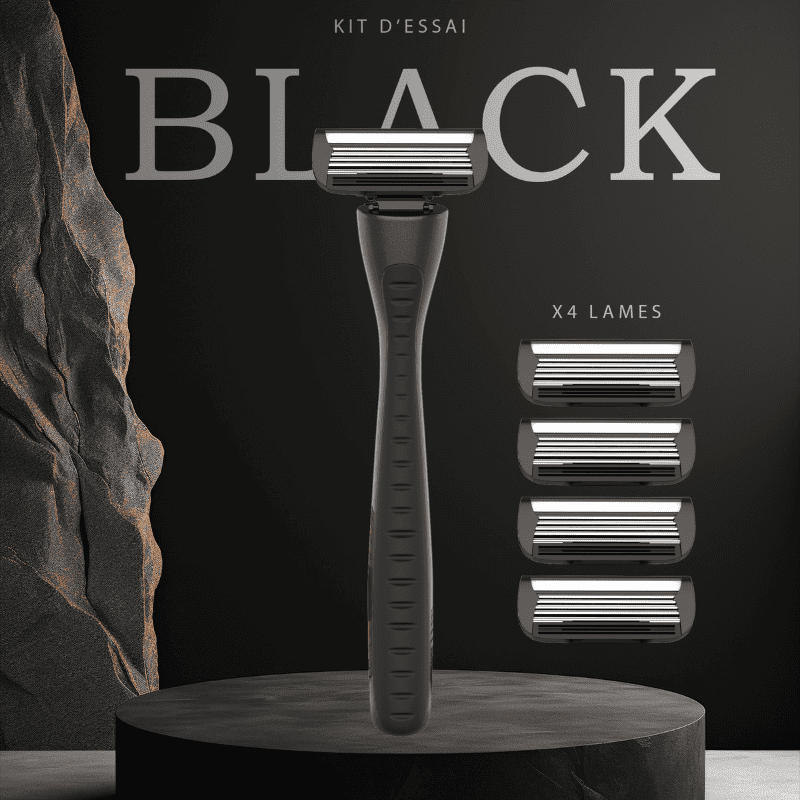Shaving cuts are very often caused by a simple lack of attention. Yet, these cuts can occur even in the best of environments. There are techniques to minimize the risk of cuts with a few gestures and products to apply before, during and after shaving. Here are our tips on how to avoid cuts, but also how to best care for them.
Use a razor with a pivoting head
Disposable razors are often the first culprits of shaving cuts, mainly because their head does not swivel and therefore does not follow the contours of the face. In addition, because their handles are extremely light, they are not easy to handle and it is difficult to determine the right pressure to apply. So always try to use a razor with a pivoting head and a handle that is heavy enough.
Change blades when they are no longer sharp
Razor blades that are no longer sharp enough are also among the first causes of cuts. The tendency is to press harder on the razor, resulting in more cuts. It's usually time to change blades when you feel the blade pulling hard on the hair as you cut it. Also remember to clean your blades well between shaves to avoid infection.
Apply pre-shave oil
Pre-shave oil has several functions, including protecting the skin throughout the shaving process. It is applied directly to wet skin before shaving soap or cream. The oil forms a protective layer that makes the blades less aggressive on the skin. It also prevents dehydration during shaving by preventing water from evaporating, thus keeping the hair softer for longer. Pre-shave oil is very popular with sensitive skin.
Treat the cut with an antiseptic stick or alum stone
Antiseptic stick and alum stone are great allies for shaving cuts. They are both used by wetting the tip with cold water and applying it to the cut. Thanks to the aluminium salts, they have the advantage of disinfecting the wound and accelerating the healing process. They act by contracting the blood vessels, and thus help to close the wound. The minerals contained in alum stone were already used by the Egyptians for over 4000 years!
Alum stone, which is larger than the antiseptic stick, can be used all over the face, and can even be used as a deodorant. It is imperative to store it in a closed box, away from humidity, at the risk of seeing it dissolve. The antiseptic stick is used specifically to treat cuts. It is normally sold directly in a small plastic case, which facilitates its use and its conservation.


